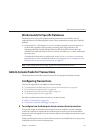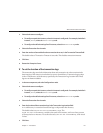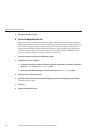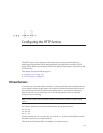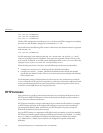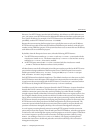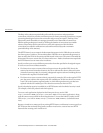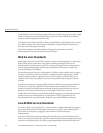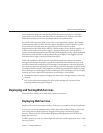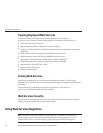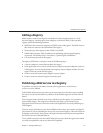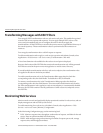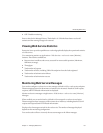
Managing Web Services
This chapter describes web services management with Enterprise Server. Admin Console and
the asadmin tool enable you deploy, test, and manage web services. You can quickly visualize,
understand, monitor, and manage complex web services. You can see all web services deployed
in a domain just as you see Java EE applications and application components such as EJBs.
You can also:
■
Track and graph response times and invocation counts for web services in real time.
■
Generate alerts on boundary conditions including response time and throughput failures.
■
View web service invocation content in XML.
■
Transform messages at runtime using XSLT.
This chapter contains the following topics:
■
“Overview of Web Services” on page 153
■
“Deploying and Testing Web Services” on page 155
■
“Using Web Services Registries” on page 156
■
“Transforming Messages with XSLT Filters” on page 158
■
“Monitoring Web Services” on page 158
Overview of Web Services
A web service is an application accessed by clients using XML-based protocols, such as Simple
Object Access Protocol (SOAP), sent over internet protocols, such as HTTP. Clients access a
web service application through its interfaces and bindings, dened using XML artifacts such as
a web services Denition Language (WSDL) le.
The eXtensible Markup Language (XML) is a standard developed by the World Wide Web
Consortium (W3C) and is one of the foundations on which web services are built. XML enables
web services and clients to communicate with each other in a common language. XML is a
14
CHAPTER 14
153



